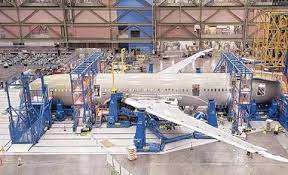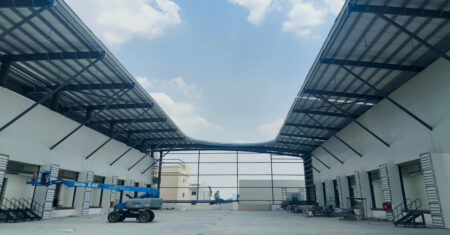India’s Airport Authority of India (AAI) and other Airport Operators are undertaking continuous expansion and development of infrastructure facilities to cater to the growing air traffic demands. With a capital outlay of approximately Rs. 98,000 crore in the airport sector during 2019-2024, the plans include constructing Greenfield Airports, new terminals, and modernising existing ones, among other activities.
Safety remains a top priority, and a systematic safety oversight process is in place to monitor compliance with rules and civil aviation requirements by airlines. This includes surveillances, spot checks, and regulatory audits by the Directorate General of Civil Aviation (DGCA). The Ministry of Civil Aviation (MoCA) is committed to achieving Sustainable Aviation in collaboration with the International Civil Aviation Organisation (ICAO), striving to limit CO2 emissions in Indian aviation. Several measures have been implemented to reduce aviation emissions and their environmental impact, such as airports transitioning to 100 percent green energy and airlines adopting carbon footprint reduction measures.
Furthermore, the Regional Connectivity Scheme (RCS) – UDAN (Ude Desh ka Aam Nagrik) aims to stimulate regional air connectivity and affordability for the masses, with the government setting a target to operationalise 1000 UDAN routes and revive/develop 100 unserved & underserved airports/heliports/water aerodromes by 2024.
To enhance airport safety and security, advanced technologies like explosive detection systems and body scanners are being implemented, along with comprehensive training for security personnel and other regulated agencies. The goal is to ensure a secure and seamless travel experience for passengers while meeting environmental and sustainability objectives.










